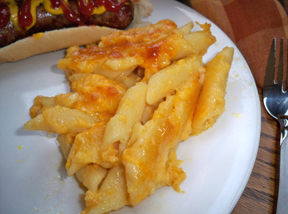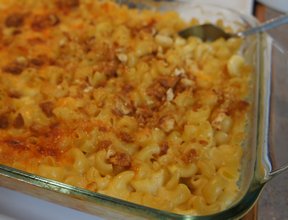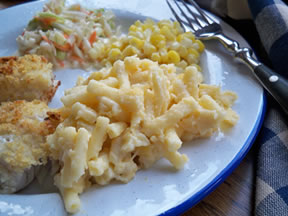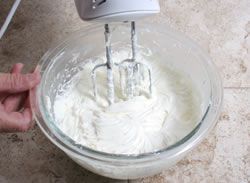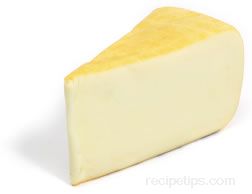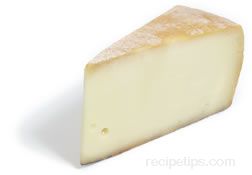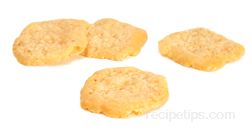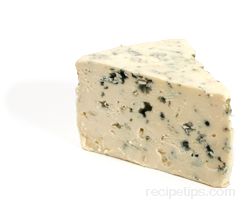Loading
Similar Content to: Multigrain Cereal
back to Multigrain Cereal
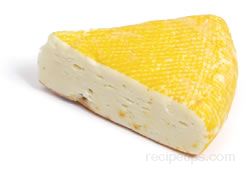
A product native to Germany and France, which is produced from cow's milk, formed into a round block of smooth semi-soft textured cheese. Most Munster is produced using pasteurized milk, however when produced as a farm cheese, unpasteurized milk is used. The sticky rind of the cheese has a yellow-orange color that is derived from repeated brine washings over a two to three month time of aging. The mature cheese has a yellow color, a strong aroma, and a distinctively spicy or tangy taste, attributed to the brine washings. The younger aged cheese has a mild flavor. It is served as an appetizer, as a complement to baked potatoes or dark bread, and as a cheese to use when grilling foods. It can be frozen to keep for extended periods of time or simply kept refrigerated. In North America, a similar cheese is produced which is referred to as Muenster with the same texture as Munster, but is white in color and has a mild light flavor.
There are variations of munster cheese made in different countries, such as Chaumes, Gerome, Lingot d'Or, and Marcillat from France, German münster cheeses, and American muenster. The French Chaumes is one that is often available, which is a mild cheese with a slightly nutty flavor and a very pliable (not spreadable) texture. The American version of this cheese, known as muenster, is a very mild cheese with very little flavor.
Beverages that go well with munster cheese are beer, Gewurtztraminer wine and full bodied red wine.

Loading
Advertisement
Advertisement



